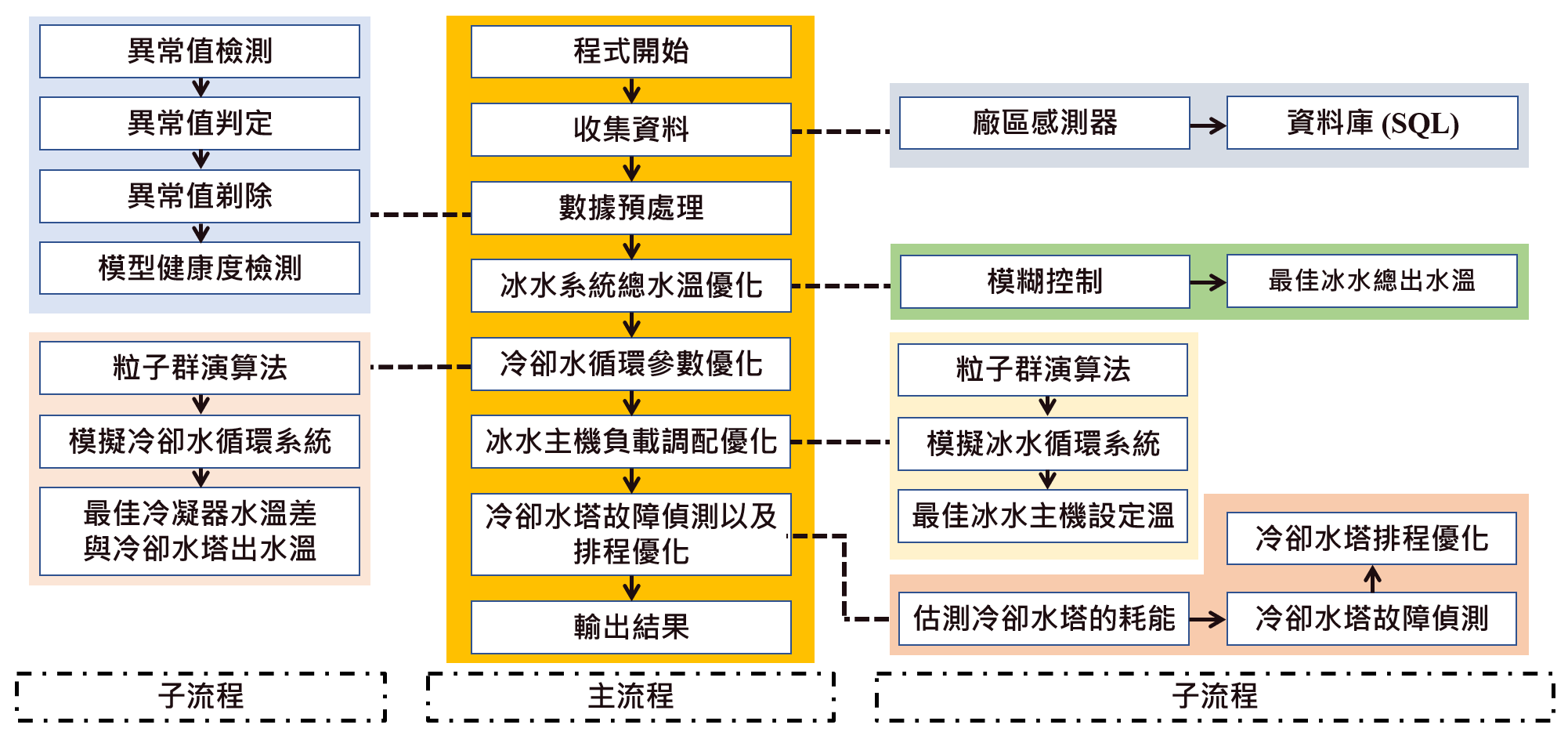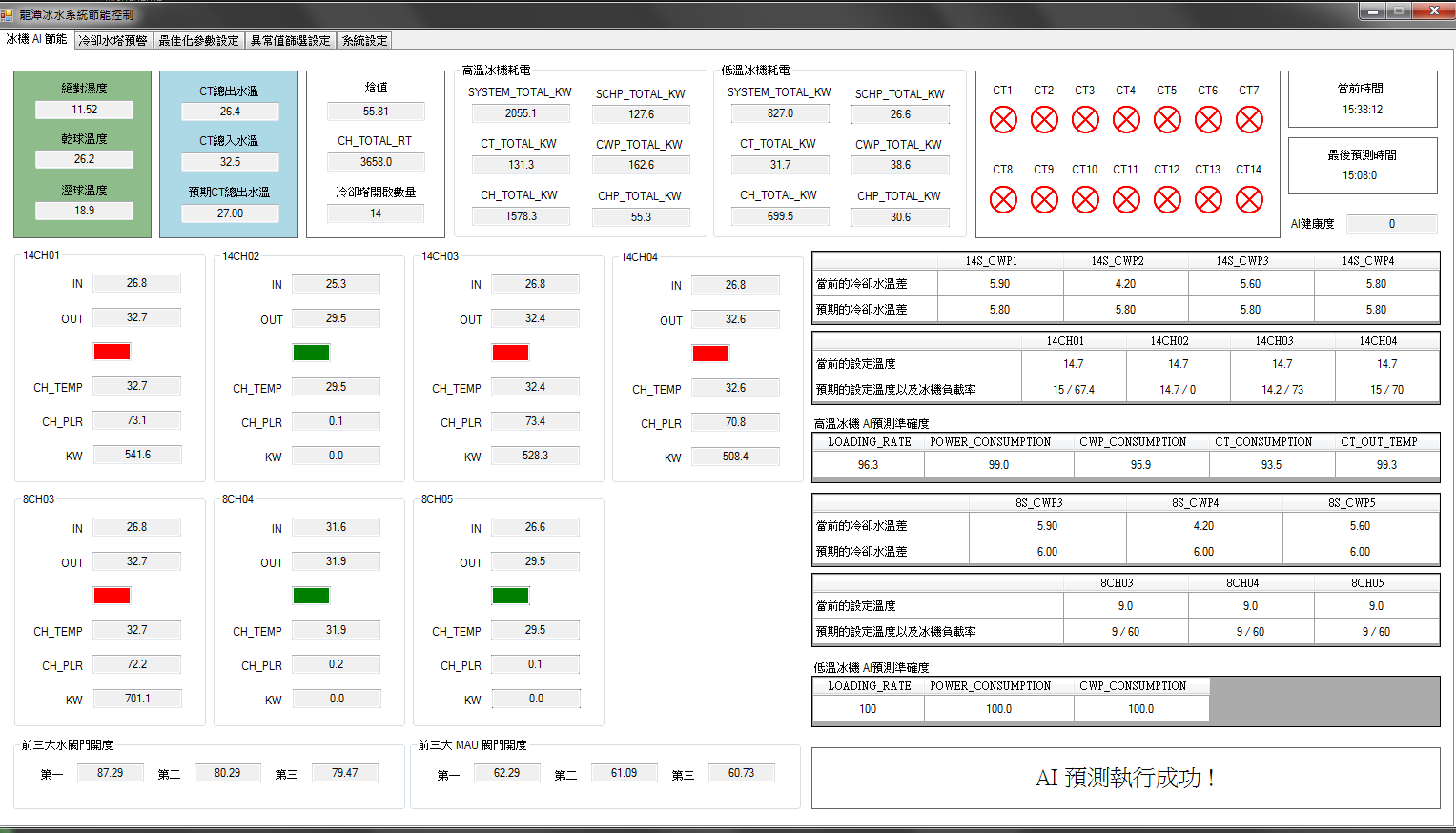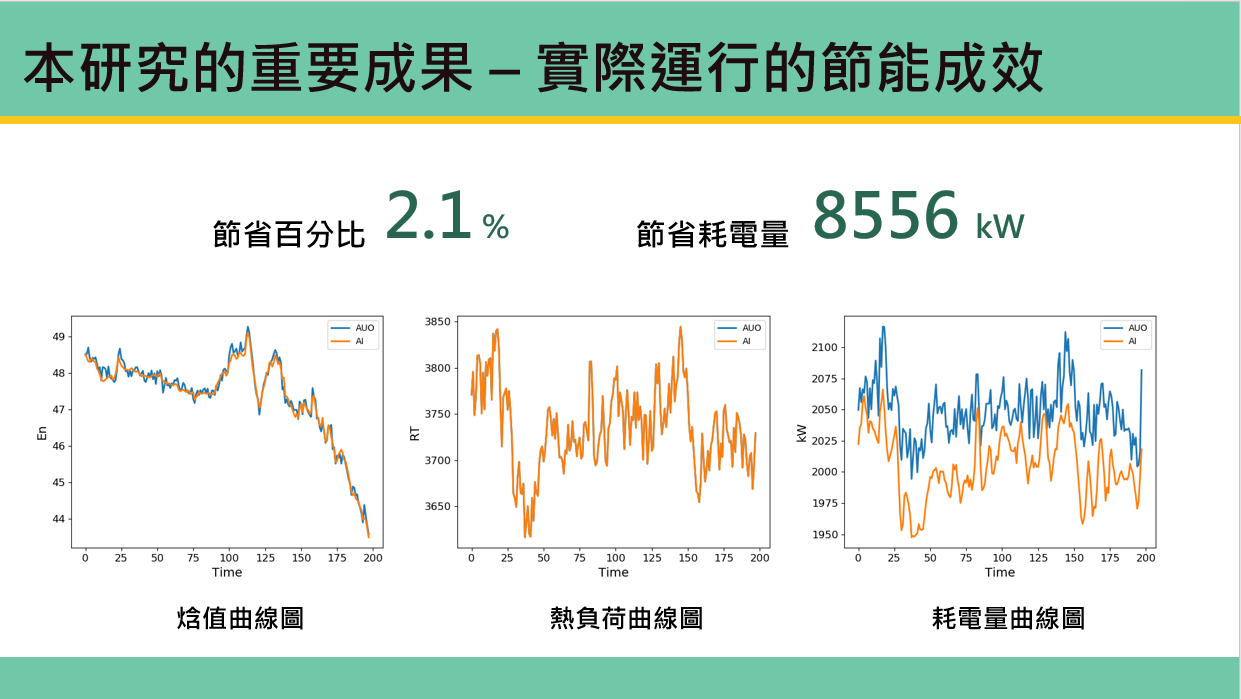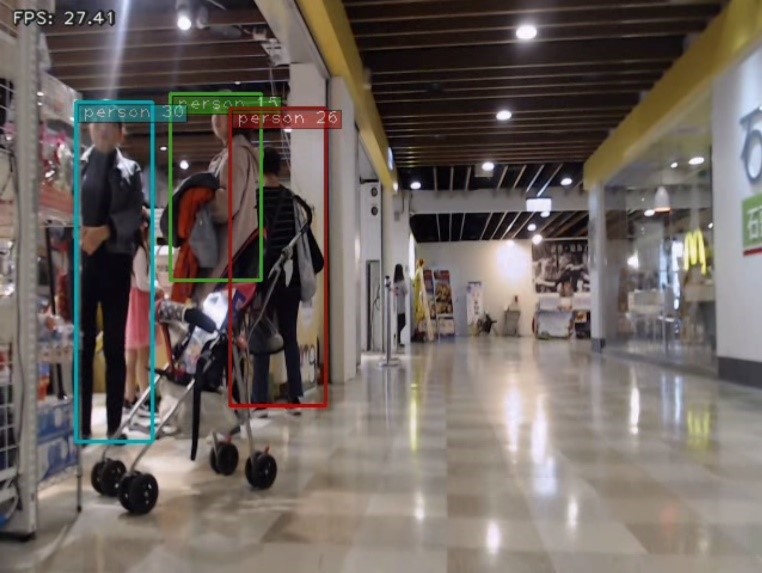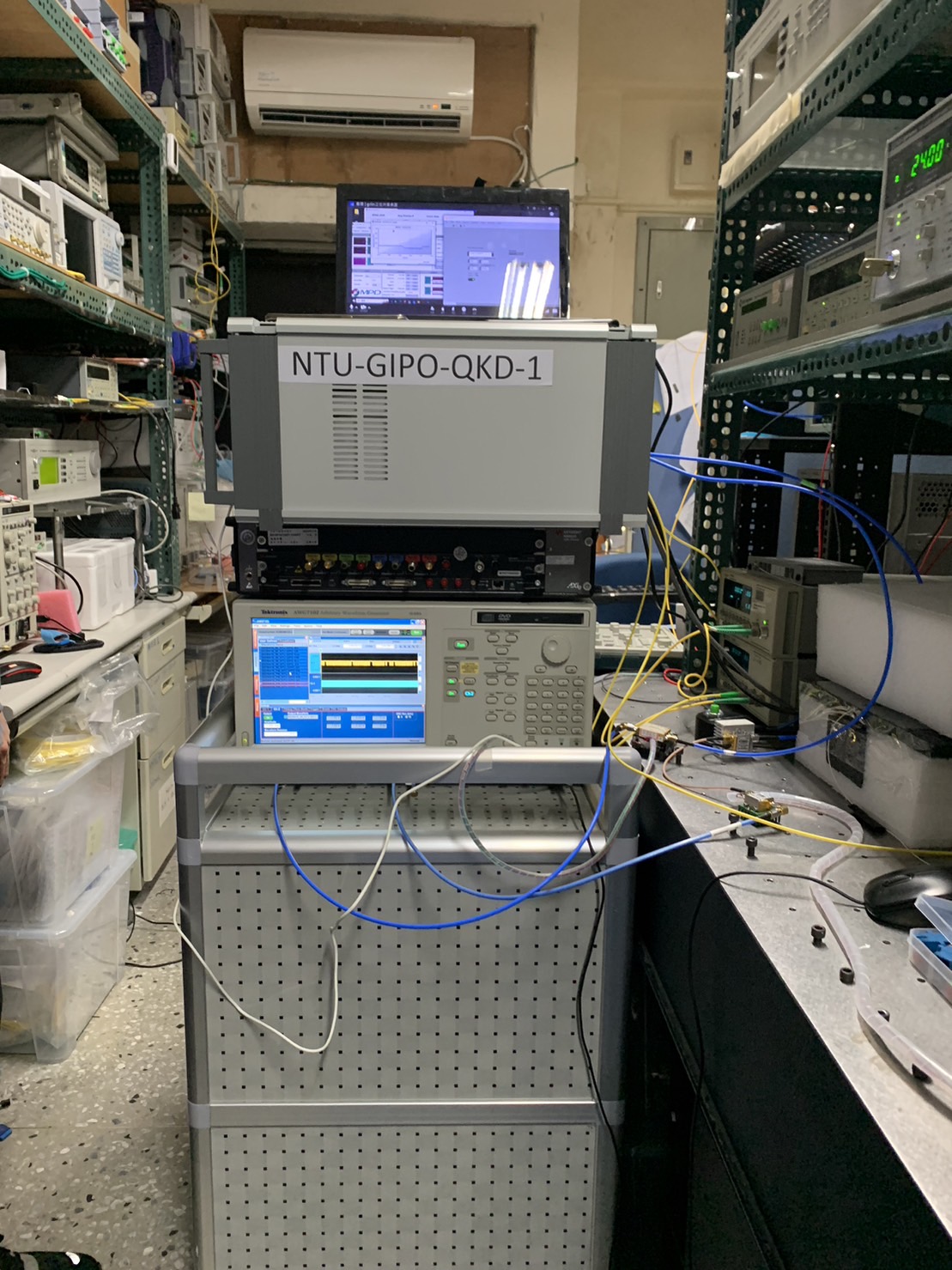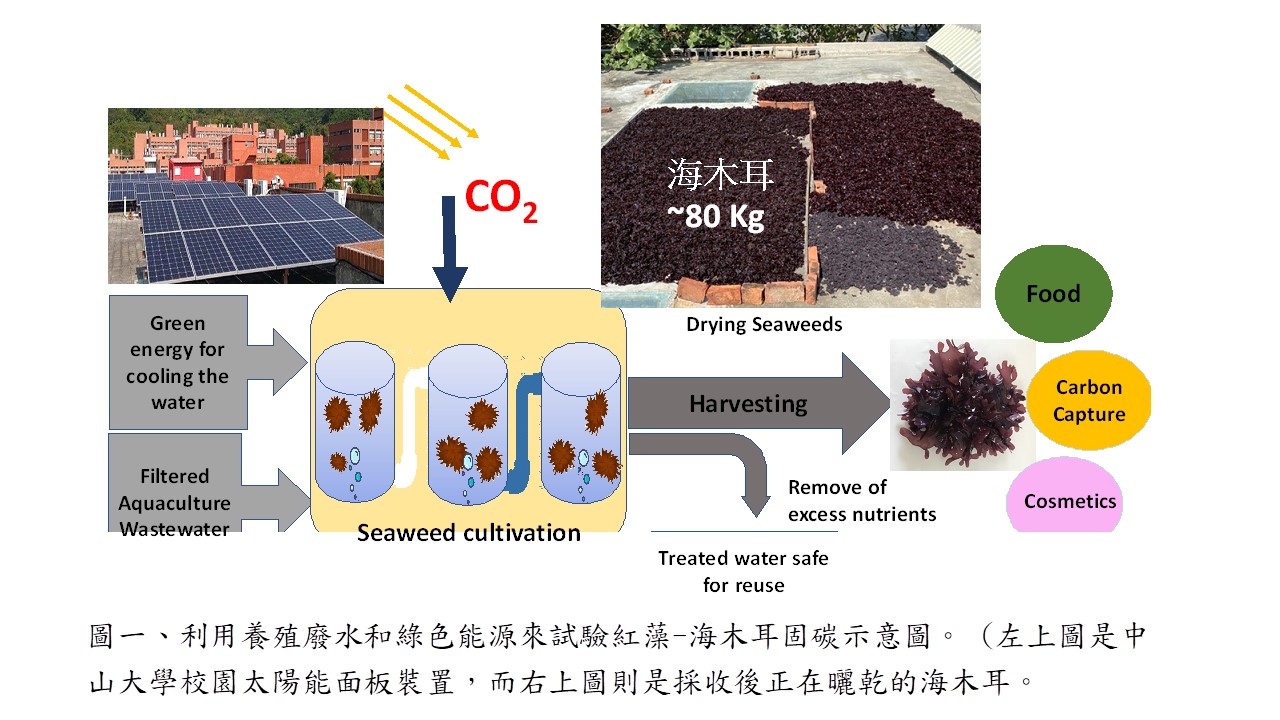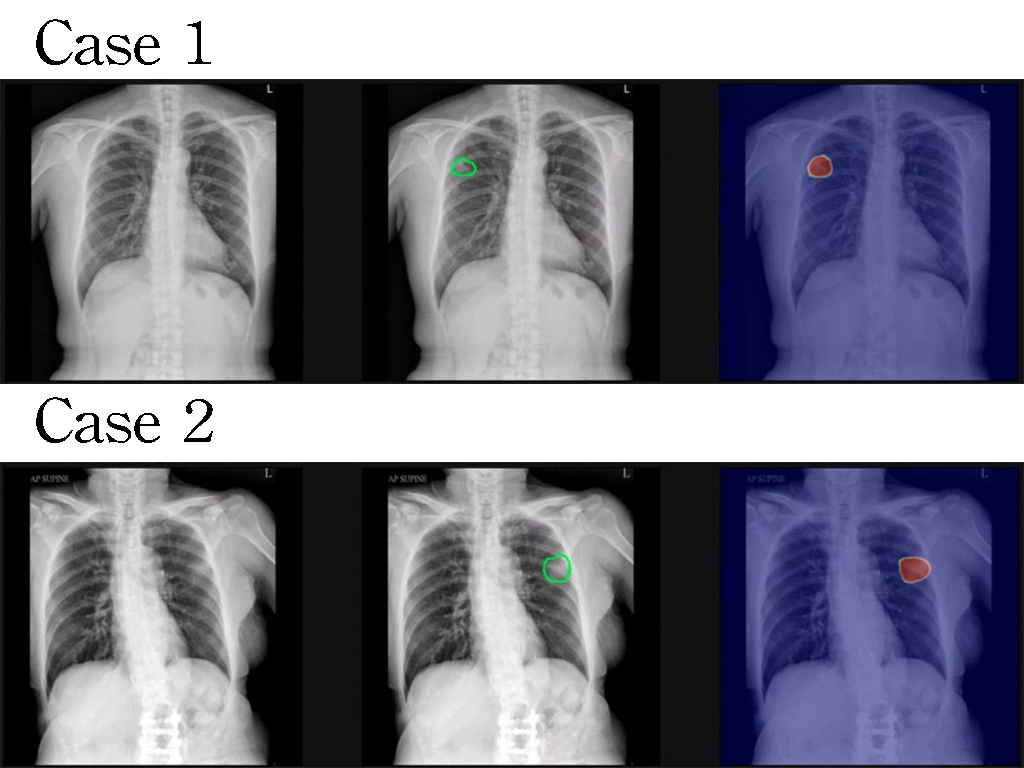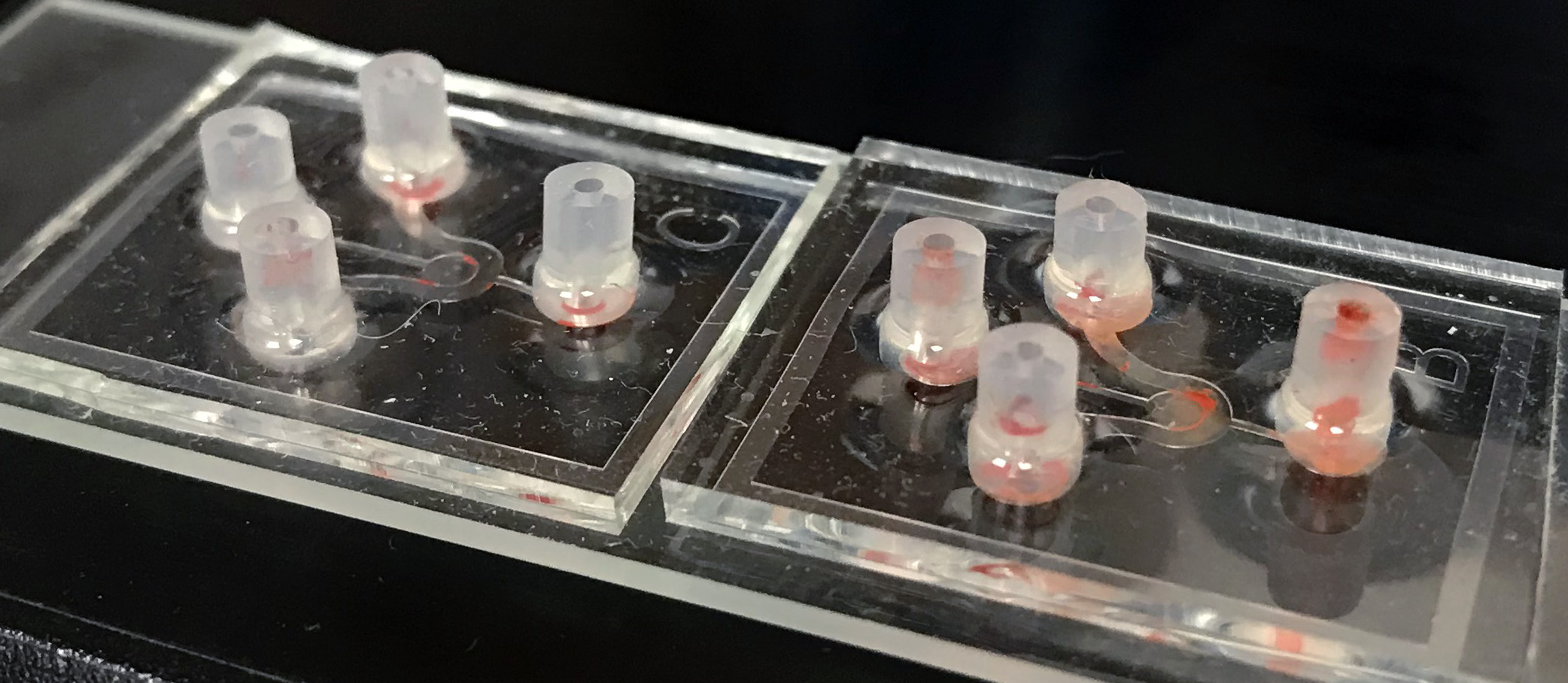| Technical Name |
數據驅動之冰水系統智慧節能技術 |
| Project Operator |
National Taipei University of Technology |
| Project Host |
練光祐 |
| Summary |
This study explores the energy-saving efficiency of a complex water-cooled chiller system composed of multiple chillers, cooling towerswater pumps connected by circulation pipelines. The deep learning modeling method driven by big data provides optimized parameters of the water-cooled chiller system to reduce the power consumption of the chiller system. Experiments show that this technology can increase the power saving efficiency of AU Optronics Longtan L5B factory by 2.42. This method has been implemented in many factories of AUO. |
| Technical Film |
|
| Scientific Breakthrough |
How to establish an accurate operating model of a chiller systemfind the most energy-efficient operating parameters is a very challenging task. Aiming at the energy-saving goal of load allocationcooling water circulation system parameter optimization, the team developed a novel deep learning neural network to establish a completeaccurate chiller system operation model, with a model accuracy of more than 95. The energy-saving efficiency of this technology is about 2.42,it has been implemented in several AU Optronics factories. |
| Industrial Applicability |
This research has developed modular energy-saving technologies based on deep learning technologybig data analysis. Modular technology is suitable for many factoriesbuildings with chiller systems. It only needs to provide the operation data of the chiller system in the previous year,this technology can help the chiller system find the best operating parametersreduce the energy consumption of the system. This technology has been implemented in several panel manufacturing plants, confirming its energy-saving efficiency. |
| Matching Needs |
天使投資人、策略合作夥伴 |
| Keyword |
Water-cooled chiller System Deep Learning Artificial Intelligence Energy-saving Technology Energy-saving Strategy Optimization Chiller Efficiency Operation Strategy Improvement of energy saving Chiller |





